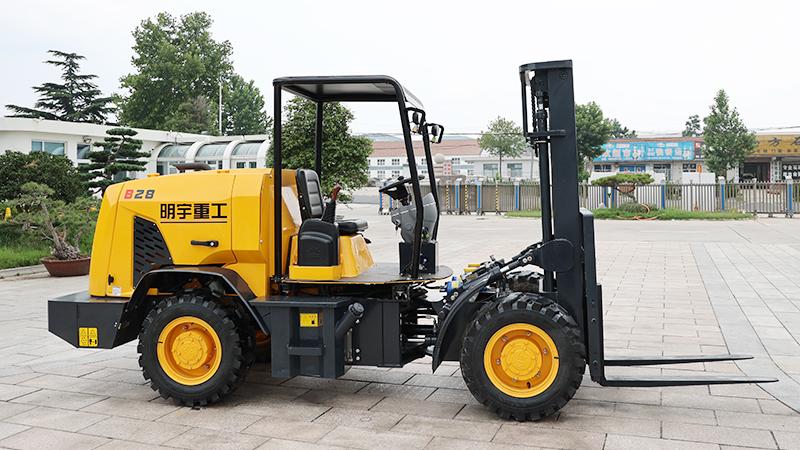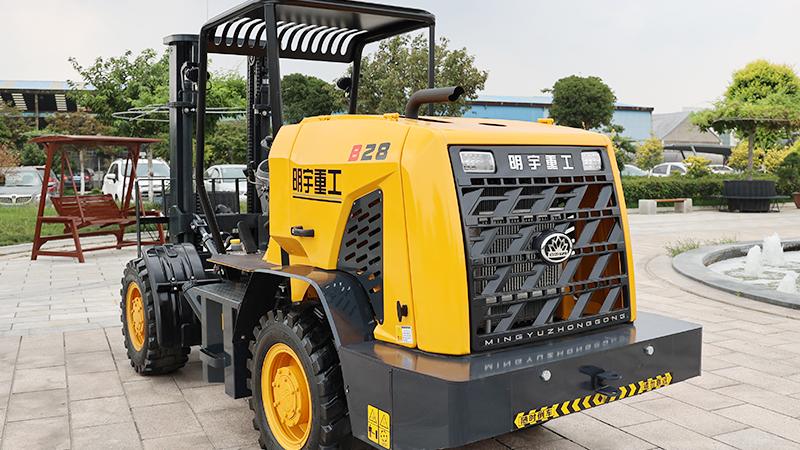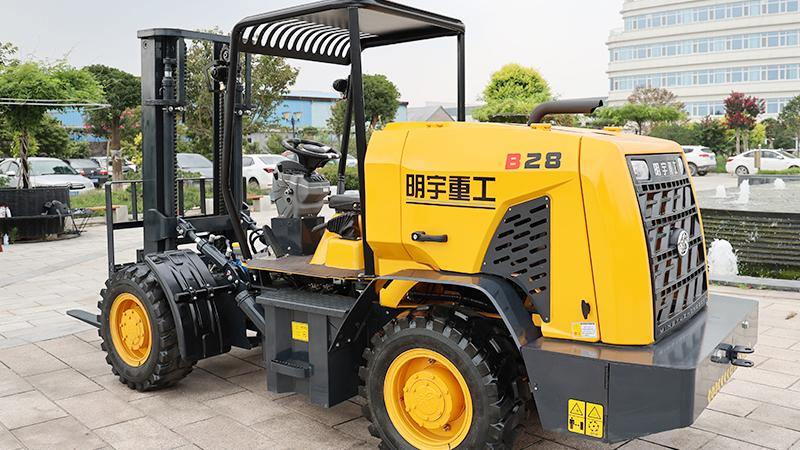The question of the legal age to operate a forklift is of paramount importance to employers, supervisors, and young workers across industries such as manufacturing, warehousing, and construction. In the United States, the definitive answer is governed by a complex interplay of federal regulations, primarily enforced by the Occupational Safety and Health Administration (OSHA). Contrary to common assumptions that might align the legal age with state driving licenses, the federal standard, as outlined in OSHA's Powered Industrial Truck standard (29 CFR 1910.178), sets a firm baseline: operators of forklifts and other powered industrial trucks must be at least 18 years old. This regulation is not arbitrary; it is deeply rooted in a comprehensive understanding of workplace hazards and the developmental maturity required to navigate them. The law categorizes the operation of such equipment as a "hazardous occupation" for minors, reflecting the significant risks involved, including tip-overs, falling loads, pinning accidents, and collisions in often congested and dynamic environments. Therefore, for any non-agricultural employment governed by federal OSHA or an OSHA-approved state plan, hiring an individual under the age of 18 to operate a forklift as a core part of their job duties is a direct violation of federal law, carrying the potential for severe penalties, fines, and, most critically, an unacceptable risk to the safety of the young worker and everyone in their vicinity.
While the OSHA standard establishes a clear federal minimum age of 18, it is crucial to understand that this is a baseline, not a blanket permission slip for all 18-year-olds to immediately begin operating forklifts. The regulation is fundamentally a gatekeeping mechanism, designed to prevent minors from being placed in inherently dangerous situations. The rationale extends beyond simple physical strength; it encompasses cognitive and emotional maturity. Operating a forklift requires sustained attention, complex risk assessment, foresight to anticipate the actions of pedestrians and other machinery, and the emotional regulation to manage stress and avoid complacency during repetitive tasks. These are executive functions of the brain that continue to develop well into a person's early twenties. A 16 or 17-year-old, even a highly responsible one, may not yet have the fully developed capacity for this specific type of judgment under pressure, which is why the law errs on the side of caution. Furthermore, this federal age requirement exists alongside the Fair Labor Standards Act (FLSA), which also delineates hazardous occupations for youth, reinforcing the OSHA mandate. It is also important to note that some states may have their own occupational safety and health regulations that are at least as stringent as federal OSHA. In practice, this means the legal age cannot be lower than 18, but a state could theoretically set a higher age requirement for certain industries, though this is uncommon.
The employer's legal and ethical responsibilities extend far beyond simply verifying an operator's age. The most critical obligation, mandated explicitly by OSHA, is to ensure that every forklift operator is formally trained and certified to operate the specific type of powered industrial truck they will be using. Merely being 18 or older does not qualify an employee to operate a forklift; it merely makes them eligible for the mandatory training program. This comprehensive training must consist of two primary components: formal instruction and practical, hands-on evaluation. The formal instruction can include lectures, videos, and interactive software covering topics like truck physics, stability triangles, load capacities, and workplace-specific hazards. The practical training must be conducted under the supervision of a qualified trainer and must allow the operator-trainee to demonstrate proficiency in a controlled environment before being permitted to operate independently. The employer is legally required to evaluate the operator's performance at least once every three years and provide refresher training whenever an operator is observed operating unsafely, is involved in an accident or a near-miss, is assigned to a different type of truck, or when there is a change in the workplace that could affect safe operation. This ongoing commitment to training underscores that legal age is just the first step in a continuous process of safety management.
In conclusion, the legal age requirement to operate a forklift in the United States is firmly set at 18 years of age by federal OSHA regulations. This is a non-negotiable safety standard designed to protect young workers from the severe dangers associated with powered industrial trucks. However, this age mandate is merely the entry point to a much broader and more critical framework of safety compliance. The true cornerstone of forklift safety is a robust, ongoing, and documented program of operator training and certification, combined with consistent supervision and a proactive workplace safety culture. For any employer, the message is clear: while verifying an employee's age is a simple administrative task, investing in their comprehensive training and fostering an environment where safety takes precedence over speed is a fundamental legal and moral duty. For the aspiring young operator, understanding that the 18-year mark is the beginning of a significant learning journey, not the end of a legal hurdle, is the first step toward a long and safe career in material handling.
Post time:Oct.21.2025



